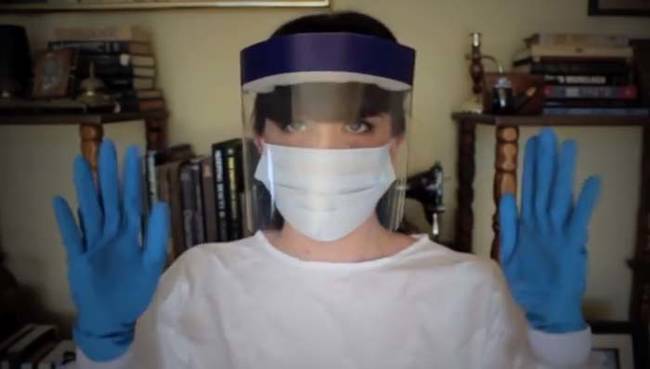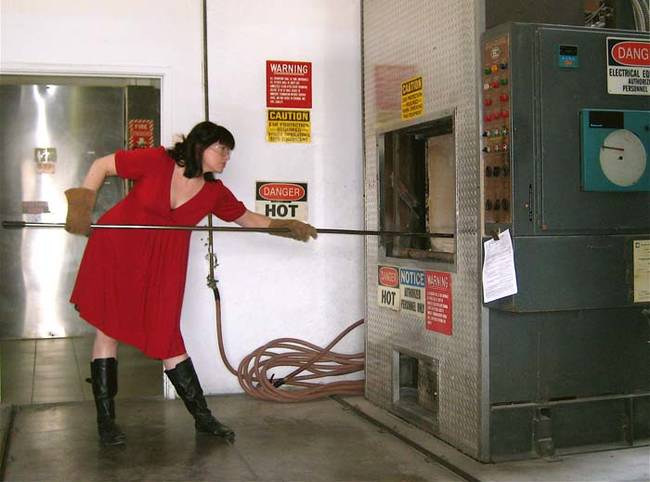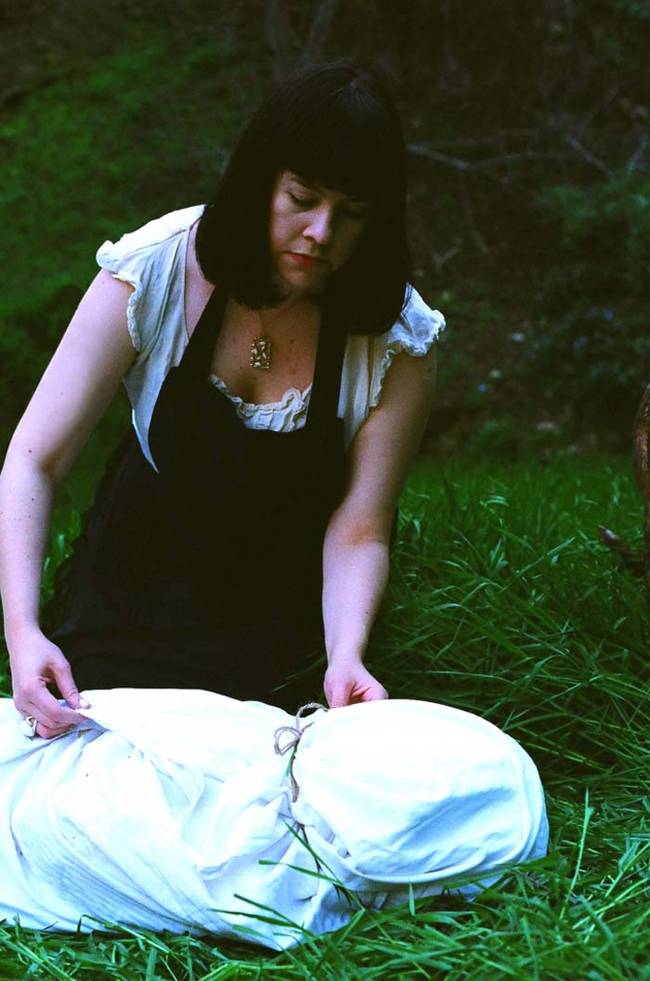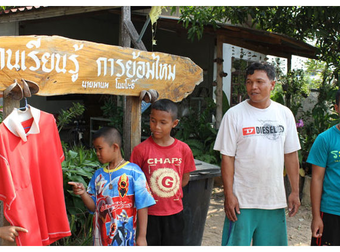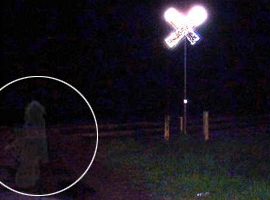Caitlin Doughty has what you might consider an eclectic resume. She’s both a mortician who runs a non-profit dedicated to death, and a Youtube star. Doughty is founder of the Order Of The Good Death as well as the host of the wildly popular Youtube channel “Ask A Mortician,” and that’s just the tip of the iceberg.
We sat down with Doughty to chat with her about her very unique line of work.
Thanks for taking the time to chat with us today, Caitlin. Let’s just jump right in. It seems to me that working in the death industry is something a lot of people get into in a roundabout sort of way. Can you tell me how you got into it, and what you currently do now?
The stereotype is that it’s a family business. Old man Peterson passes the business onto lil’ Joey Peterson and so on. But that’s not the case as much anymore. Young people– especially women– are entering the business with no family background at all.
I was more in that camp. I was fascinated by how death works in culture and wanted to get closer to understanding why we’re so afraid of it. Working directly in the death industry seemed like the best way to do that.
My business partner (also a young licensed mortician) and I are very very very close to opening our own funeral home in Los Angeles called, Undertaking LA.
What was your parents’ reaction when you told them you were planning to work as a mortician?
My poor parents. I graduated from high school planning on majoring in political science before going to law school and eventually becoming a Supreme Court Justice. By the time I graduated from college I had majored in Medieval History and was moving to San Francisco to work in macabre spectacle theater. When I said I was becoming a mortician when I was 23, I think they thought, “oh for heaven’s sake, we give up.”
Aside from actually doing mortician work, you do a lot of advocacy for the wider acceptance of death in society. Could you share your thoughts on how you believe death should be viewed and treated in society?
We forget death is the driving force behind so many of our actions. Death is everywhere, in everything we do. Since we forget this, we don’t give death the respect it deserves. We don’t live like we could die tomorrow, which, spoiler, you can. Allowing death to be more a part of your life, ironically, can really increase your respect for life.
What do you see as the major problems with how Americans these days handle death? How would you advise people to become more comfortable with death?
We never see any real dead bodies anymore. They are either whisked away for immediate cremation or burial, or they are embalmed, which is chemical preservation that is usually followed with makeup. If you never have to see a real dead body, it’s so much easier for death to remain a hypothetical concept. We need to stop treating death as a hypothetical.
Some of your work also focuses on what you call “the good death.” Could you describe what you see as “a good death?”
When you or someone you love dies, it’s rarely going to be good. Most people are not saying “hurray, death is here!” The good death is more an attempt to make a miserable situation more pleasant and manageable.
People die with so much unsaid, with long drawn out medical procedures they don’t want, and uncomfortable or non-existent funerals. It doesn’t have to be that way. If you have open conversations with your family about death and are very clear about what you want, so many of those traps can be avoided.
Your Youtube channel “Ask A Mortician,” is wildly popular (and amazingly informative) to say the very least. How did you decide to start a Youtube channel talking about death? Clearly it’s a topic that people are interested in.
Honestly, the origins of the series are very humble. I was working at a funeral home where the Vice President was making videos about our cremation urn offerings that were, well, not the best. Let’s just say you could see her getting up to turn off the camera at the end.
I watched them and thought “I have so much to say about the death industry, I bet I could figure out how to do this. If 15-year-olds on YouTube can edit video than a college graduate should be able to figure it out, right?” I put out a call for questions on my website the Order of the Good Death and the rest is history.
You’re the founder of The Order Of The Good Death. Could you tell us a little bit about the organization, its history, and its goals?
The Order is almost four years old now. The original idea was to bring together people who wanted to change how we look at death, everyone from funeral directors to medieval death academics to anatomical artists.
The goal is to give people a single place to find the people bringing us into the future of death, whether it’s the architect developing ways to compost our dead bodies, the scholar studying how to capture heat from crematoriums to heat local buildings, to the artist and writer starting a death museum in Brooklyn. It’s a fantastic time to be interested and involved in death.
You also just put out a book Smoke Gets In Your Eyes: And Other Lessons from the Crematory. What was your inspiration for writing a book about what most people might consider to be a very morbid subject? Where can people go to buy your book if they want to learn more?
We live in a time where any information we want is just an easy Google away. Even so, it’s almost impossible to find good, clear, well-written info on what happens to your body after death, and what goes on behind the scenes in modern funeral homes.
I wanted to give people a glimpse into that world, and that it’s just totally normal (well, “normal”) folks like me doing somewhat ridiculous things like grinding your bone fragments after a cremation.
The book is available everywhere. Your local bookstore, libraries, Amazon, Barnes & Noble.
If there’s a message that you want people to take away from the work you do, what would it be?
That it’s perfectly normal to be interested in death and mortality. Death is the ultimate fate for all humans, it’s almost weird not to be interested in it. It doesn’t make you morbid, it just makes you a curious person.
What’s something interesting/crazy about the human body after death that people might not know about?
For thousands of years they thought the hair and nails kept growing after someone died. Sorry to be the bearer of bad news here, but they don’t! The skin becomes dehydrated after death and shrinks back, revealing hair and nail that were already there to begin with, not new growth.
For more from Caitlin Doughty you can follow her on Facebook, Twitter, and Instagram. Also make sure you subscribe to her “Ask A Mortician,” Youtube Channel, where there are many more amazing videos about death for you to enjoy.

